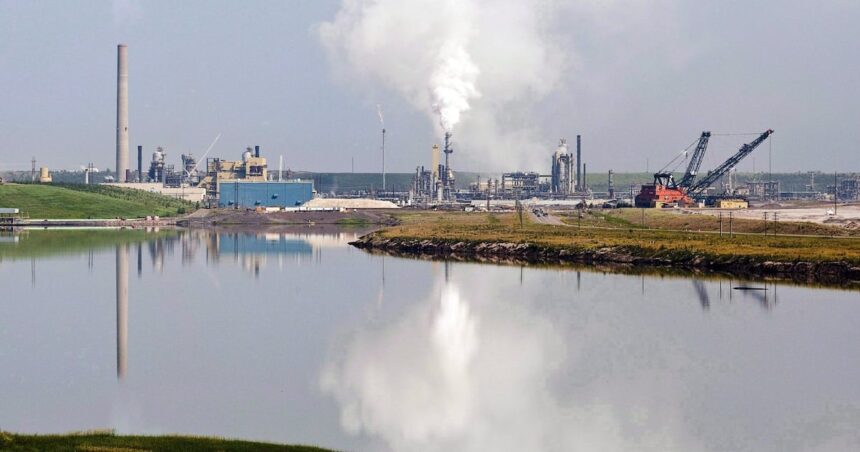The gap between corporate climate promises and tangible carbon reductions continues to widen across Canadian businesses, revealing a troubling disconnect in the nation’s journey toward a low-carbon economy. According to a comprehensive analysis released yesterday by the Climate Disclosure Project (CDP), while 78% of major Canadian companies now voluntarily disclose their emissions data—up from 63% in 2023—actual emission reductions remain stubbornly elusive.
“We’re seeing unprecedented transparency in corporate climate reporting, but the numbers tell a sobering story,” explains Dr. Miranda Chen, CDP’s Canadian director. “Disclosure is only the first step. Without meaningful emission cuts following these disclosures, we’re simply documenting our path toward climate failure rather than preventing it.”
The report examined 275 publicly traded Canadian companies across various sectors, finding that despite improved reporting mechanisms and increased climate-related financial disclosures, only 31% demonstrated year-over-year emission reductions that align with the Paris Agreement’s 1.5°C pathway. This represents a marginal improvement from 27% in the previous assessment cycle.
Energy and resource extraction companies, which account for approximately 37% of Canada’s total corporate emissions, showed the widest gap between reporting quality and actual emission reductions. While 82% now utilize standardized reporting frameworks—up from 71% last year—only 23% have achieved their interim emission reduction targets.
The financial services sector emerged as a surprising leader, with major Canadian banks implementing more robust climate risk assessments and financed emission disclosures. TD Bank Group and Royal Bank of Canada received particular recognition for integrating climate considerations into their lending portfolios, though questions remain about the pace of their transition away from fossil fuel investments.
“Canadian banks have dramatically improved their climate disclosure practices,” notes Samantha Pritchard, climate finance analyst at the Pembina Institute. “However, they continue facing criticism for the disconnect between their public climate commitments and their ongoing financing of high-carbon projects.”
The manufacturing sector demonstrated mixed results, with automotive and consumer goods companies making significant strides in both reporting and actual emission reductions. Notably, Magna International achieved a 12% reduction in operational emissions through energy efficiency measures and renewable energy procurement.
Small and medium enterprises continue to lag behind larger corporations, with only 34% publishing comprehensive emissions data—though this represents an improvement from 26% in 2024. The report identifies resource constraints and technical capacity as primary barriers preventing wider adoption of emission reporting among smaller businesses.
The federal government’s mandatory climate disclosure requirements, which took effect for large corporations in January 2025, have accelerated reporting improvements. However, critics argue that disclosure alone is insufficient without binding emission reduction targets and financial consequences for companies failing to reduce their carbon footprint.
“We’re creating a system where companies excel at reporting their failures rather than preventing them,” argues Dr. Nathan Hamlin, climate policy researcher at the University of British Columbia. “Without regulatory teeth behind these disclosure requirements, they risk becoming elaborate greenwashing mechanisms.”
Regionally, British Columbia-based companies demonstrate the strongest alignment between reporting quality and actual emission reductions, while Alberta-based firms show the widest discrepancy—likely reflecting the different economic structures of these provinces.
The report concludes with recommendations for policymakers, including the implementation of carbon border adjustment mechanisms, stronger financial incentives for decarbonization, and standardized verification processes for corporate climate claims.
As Canada approaches its 2030 emission reduction deadlines, the growing gap between corporate climate transparency and actual carbon cuts raises a critical question: Have we mistaken the measuring tool for the solution itself, and at what point does improved climate reporting without corresponding action become another form of corporate environmental theater?










